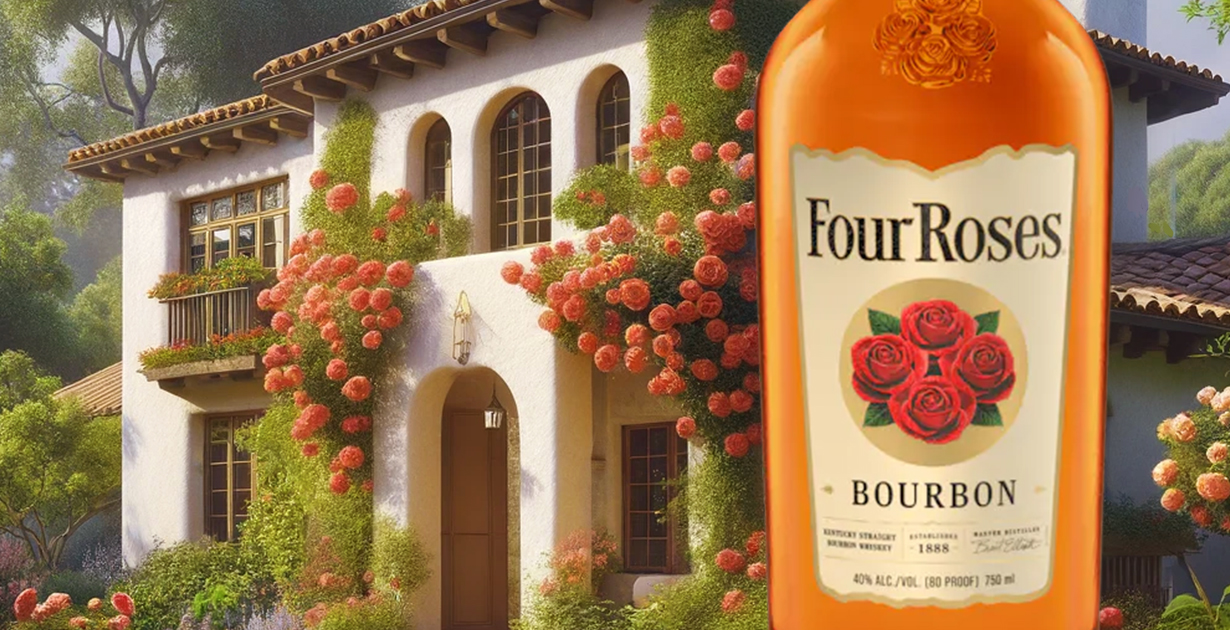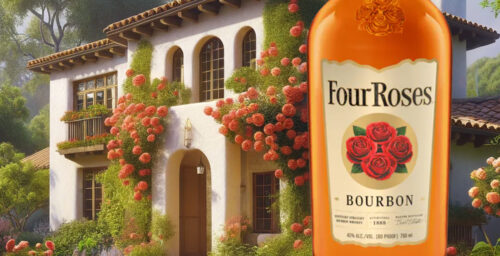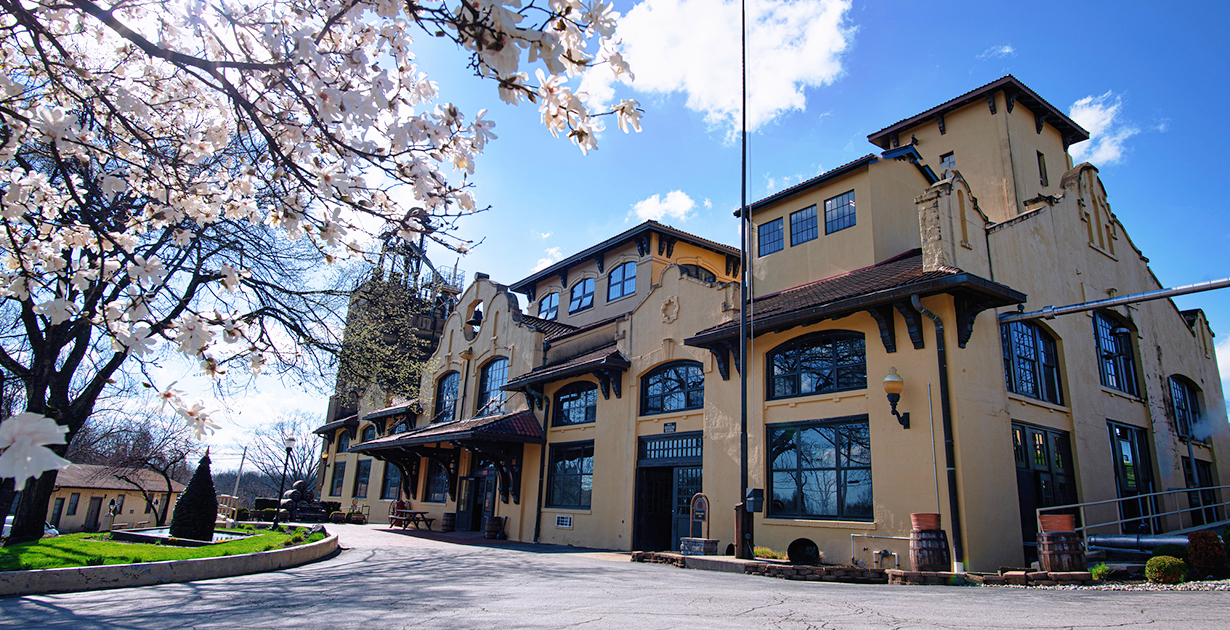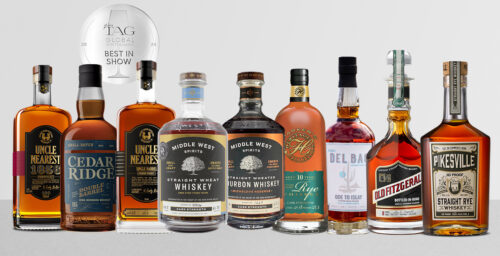Four Roses Kentucky Straight Bourbon Whiskey is a beloved bourbon brand in the United States, and is also one of the fastest-growing bourbon brands in the world. This is bolstered by the brand’s recent success at the World Whiskies Awards 2024, where the Four Roses Single Barrel was named World’s Best Single Barrel Bourbon.
Although the brand is seeing much modern success, Four Roses actually dates back to the 1800s. The brand has had a long and interesting history.
Here are 5 things you didn’t know about Four Roses Bourbon.
Interested in learning more about the most famous US whiskey distilleries? Check out 5 Things You Didn’t Know About Buffalo Trace.
1. The name ‘Four Roses’ was (probably not) brought about by a marriage proposal
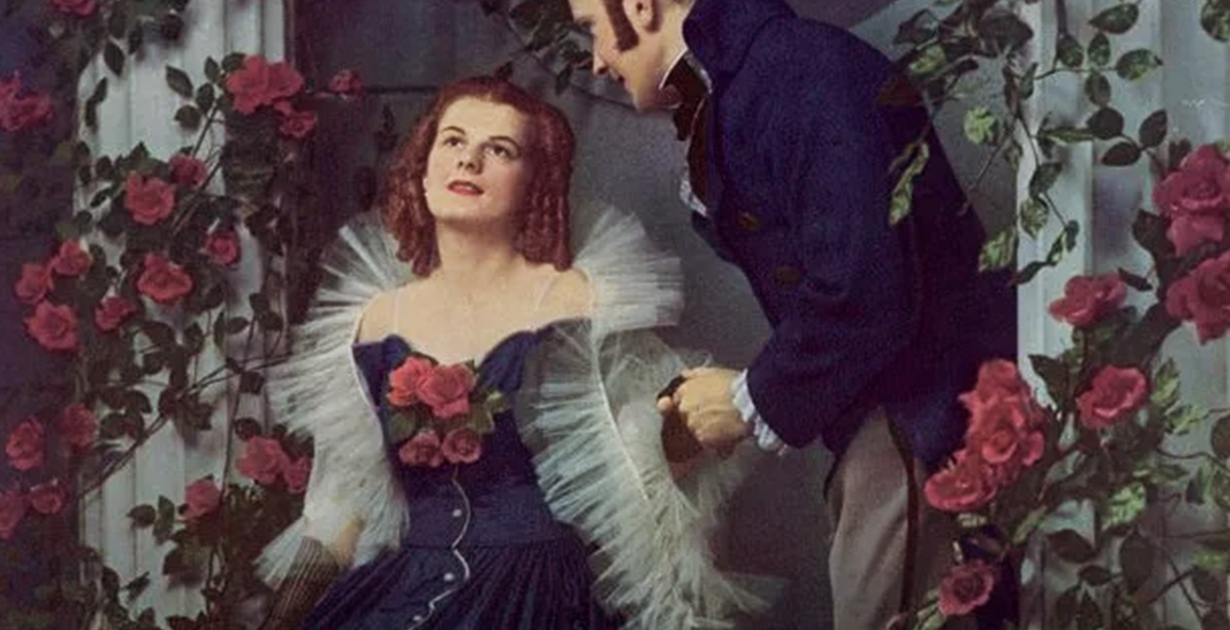
The Four Roses name was trademarked in the 1880s by Paul Jones Jr., who established an office on the famous Whiskey Row in Kentucky. Prior to this trademark, Paul Jones Jr. had proposed marriage to his long-time love. In the proposal he sent to his southern belle, Jones asked her to wear a corsage of four red roses to an upcoming society ball if she accepted his proposal.
On the night of the ball, Jones eagerly waited for his beloved to arrive. When she did, she was wearing a corsage of four red roses. And the rest is history. Or is it?
Despite this romantic story, Paul Jones Jr. never married in reality. It is more likely that the name originates from the tradition of the “Victorian Language of the Flowers”. This form of ‘secret language’ involved the passing of flowers between people, with the type of color of the flower signifying different messages. The color red was indicative of love, and the receiving of Four Roses usually meant that a proposal had been accepted.
However, the back labels on some historic bottles of Four Roses indicate that the name was given to celebrate the four daughters of the Rose family, a family of good standing in Kentucky. Again, however, this is not confirmed and I cannot find a confirmed connection between the Roses and Paul Jones Jr.
Paul Jones Jr. may also have trademarked the brand name in 1888, but he claimed production and sales dating back to the 1860s. So, even the real date of founding is contested.
As such, the origins of the Four Roses brand are somewhat shrouded in mystery.
2. Four Roses Bourbon was not available in the US for over 30 years
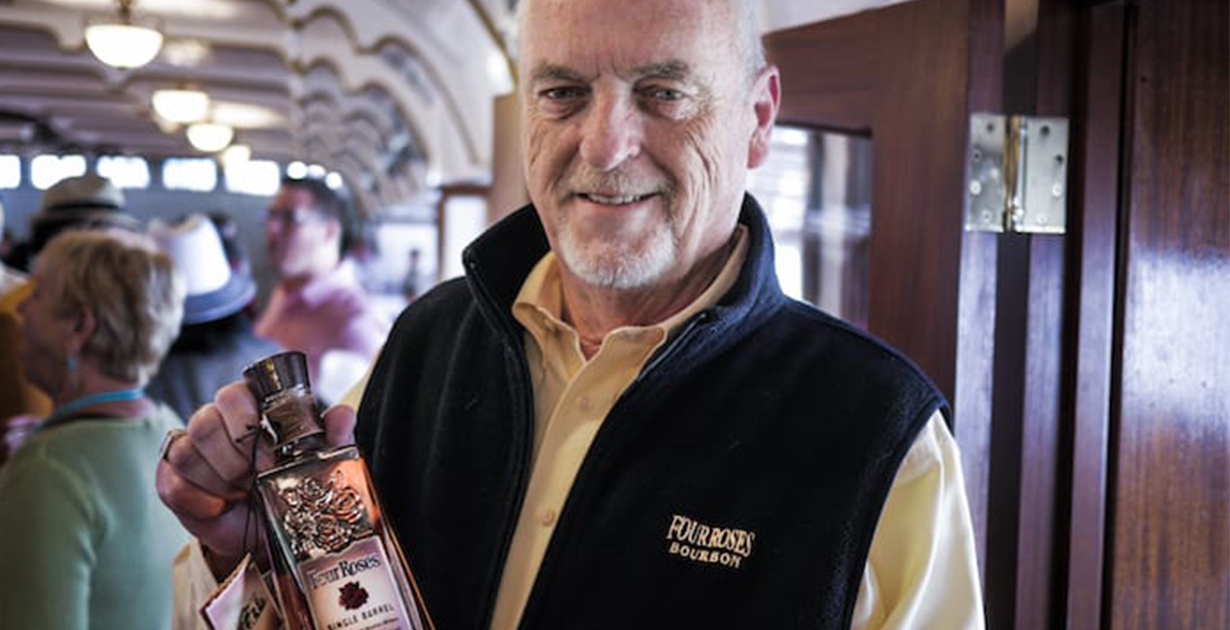
In 1943 the Four Roses brand was purchased by the Canadian firm, Seagram’s. By the end of the 1950s, Seagram’s decided to discontinue the sale of the bourbon in the United States. The intention was to focus on the sale and distribution of Seagram’s core blend.
As such, Four Roses Bourbon was marketed more heavily in Asia and Europe, where it became extremely popular. Despite this success, the bourbon was still not available for purchase in its home country.
It was not until the mid-1990s that work to restore the brand to the US market began. Master Distiller Jim Rutledge took over the post in 1995 and began campaigning to restock US shelves with Four Roses Bourbon. This venture was realized when Kirin purchased the brand in 2002.
Since then, the brand has been one of the fastest-growing bourbon brands in the US and is quickly becoming an institution in its own right.
3. The Four Roses Distillery is on the US National Register of Historic Places
The Four Roses Distillery, previously The Old Prentice Distillery, was built in the Spanish-mission style of architecture in 1910. It was designed by Joseph & Joseph Architects, a firm with a long and illustrious history in distillery design. Contracts under the firm’s belt include the Stitzel-Weller Distillery, Seagram Distillery, and Bardstown Bourbon Company.
The US National Register of Historic Places is a list of historic places worthy of preservation in the United States. According to nps.gov, the register is “part of a national program to coordinate and support public and private efforts to identify, evaluate, and protect America’s historic and archeological resources.”
Mission Revival architecture was inspired by a resurgence in, and reinterpretation of, Spanish colonial style architecture that first became prevalent in the late 18th and early 19th century, when religious Spanish missions aimed to promote Catholicism in the state.
Joseph & Joseph Architects was commissioned to complete the Four Roses distillery expansion in 2022, aiming to seamlessly blend the historic Mission architecture with the new visitor center buildings. The site is open for distillery tours, which you can book on the Four Roses website.
4. Four Roses, rather aptly, has four signature bourbon expressions
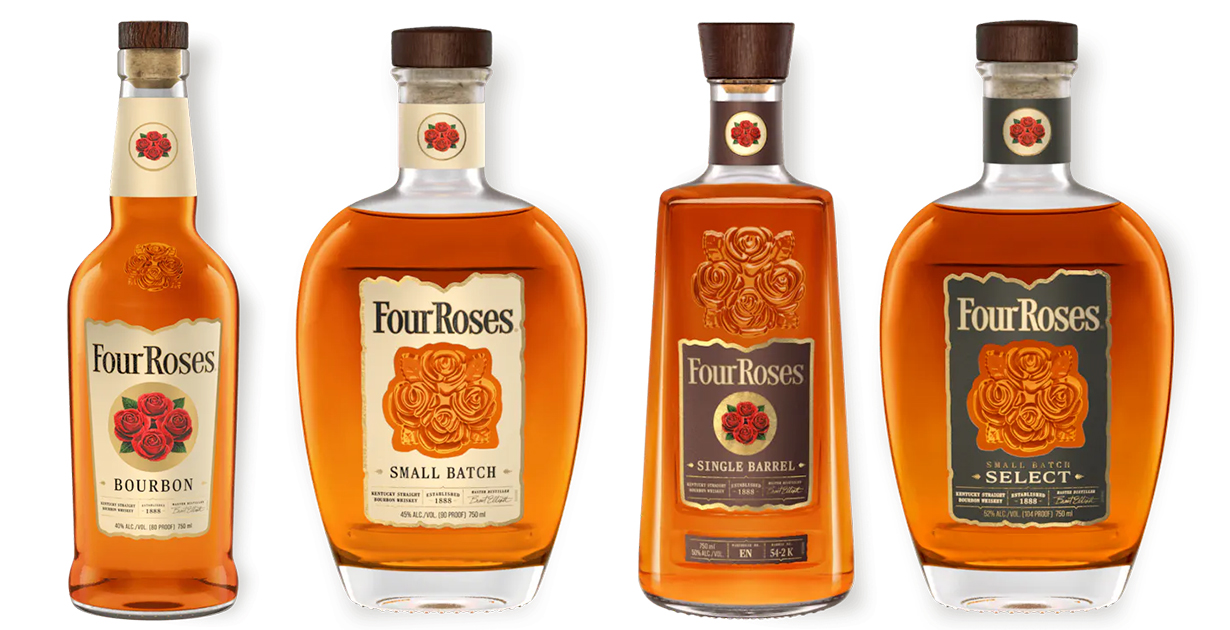
The signature bourbons in Four Roses’ collection are:
- Four Roses Bourbon – 40% ABV – aged for a minimum of 5 years. This bourbon is “for a new or casual bourbon drinker who wants an elevated yet everyday whiskey”.
- Four Roses Small Batch – 45% ABV – aged for 6-7 years. “For a spirits enthusiast who wants a go-to premium bourbon”.
- Four Roses Single Barrel – 50% ABV – aged for 7-9 years. “For someone who wants a more complex bourbon experience”.
- Four Roses Small Batch Select – 52% ABV – aged for 6-7 years. “For someone looking for an expertly-crafted bourbon”.
The brand also has a number of limited edition expressions, including annual Small Batch limited editions with high age statements between 10 and 25 years.
5. The brand has a unique approach to mash bills
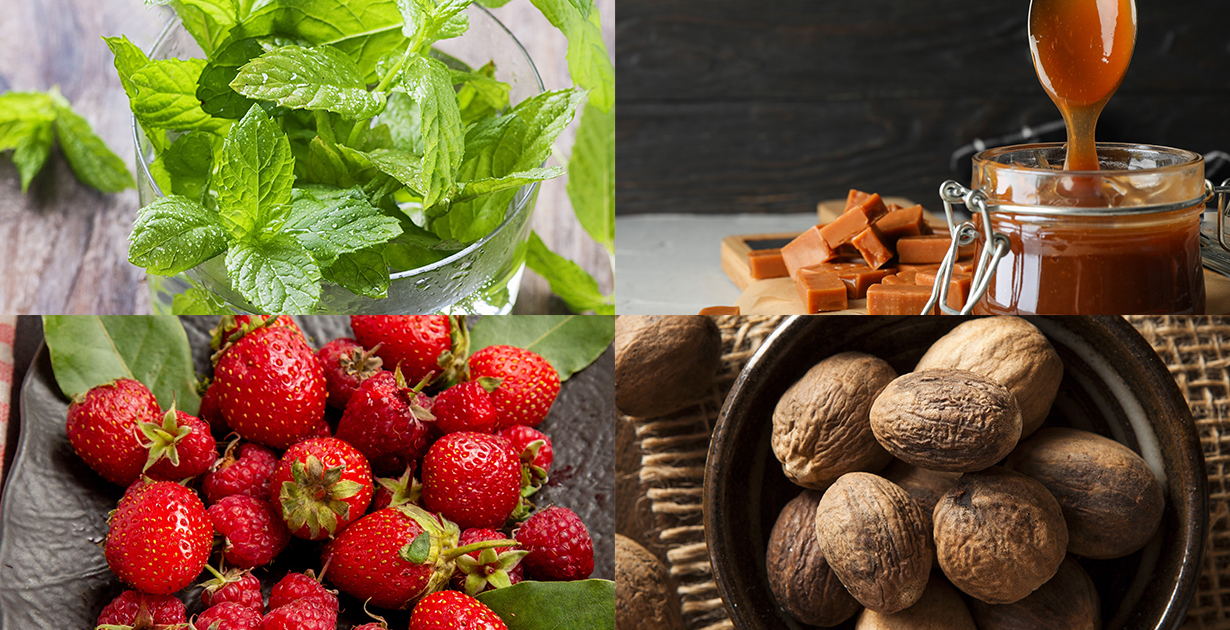
Four Roses Distillery prides itself on its unique approach to creating mash bills for its bourbon.
The distillery has created two different mash bills, each of which can be combined with one of five different yeast strains. As such, 10 distinct mash and yeast combos can be used to create bourbon at Four Roses.
The two mash bills are as follows:
- Mash Bill B – 60% corn, 35% rye, 5% barley
- Mash Bill E – 75% corn, 20% rye, 5% barley
The five different yeast strains are:
- V – Delicate fruit
- K – Slight spice
- O – Rich fruit
- Q – Floral essence
- F – Herbal notes
The combination of either mash bill with one of the proprietary yeast strains creates 10 unique bourbon recipes that each have a distinct character. The recipe names and profiles are as follows:
- 1 OBSV – Delicate fruit and rye
- 2 OBSK – Rye and baking spice
- 3 OBSO – Rich fruit
- 4 OBSQ – Rye and light floral character
- 5 OBSF – Delicate rye and mint
- 6 OESV – Delicate fruit and caramel
- 7 OESK – Baking spice
- 8 OESO – Rich fruit and vanilla
- 9 OESQ – Delicate grains and floral character
- 10 OESF – Light grain and mint

